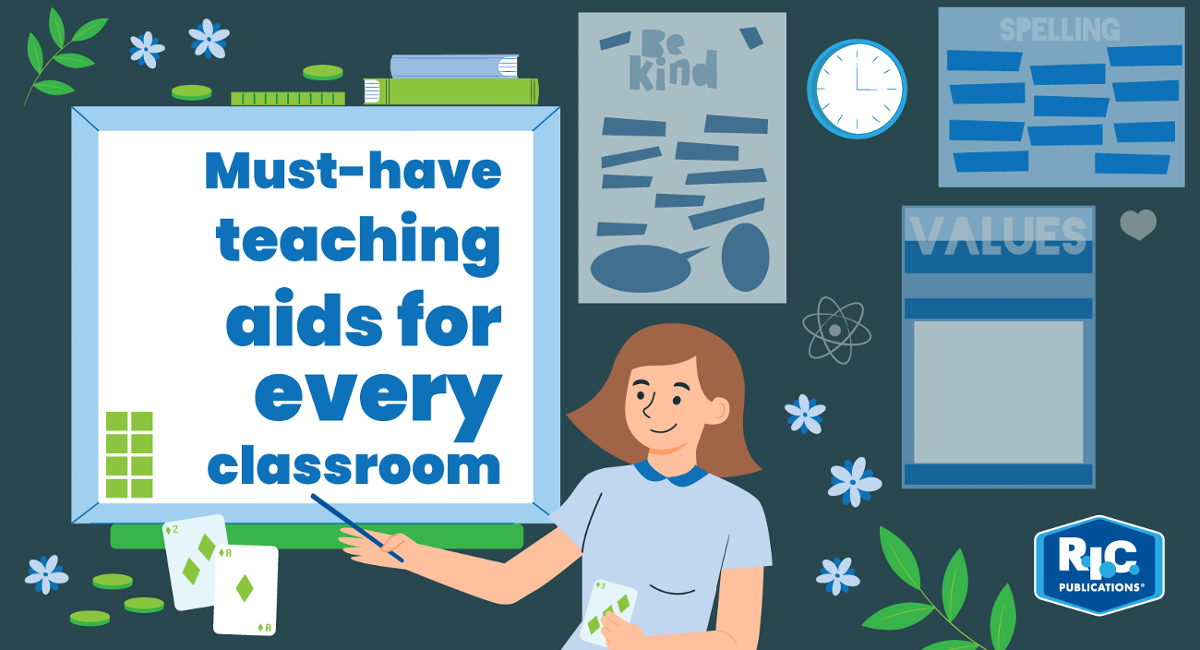Best Suggestions For Deciding On Italian Nursery Teaching Support
Wiki Article
What Kinds Of Educational And Instructional Materials Is Needed For Primary And Kindergarten?
Materials are essential in kindergartens and primary school to aid students in learning and grow. Some examples of materials that may be necessary are: Curriculum materials- These are materials designed to support the learning goals of the curriculum for schools. Some examples of items that might be required include: Curriculum materials These materials are designed to support the learning goals of the curriculum at school.
Classroom supplies. Items such as paper, glue, pencils, scissors, as well as other art tools will help young children finish their projects.
Educational technology – In this digital age, educational tech such as tablets and computers will provide students with more resources to aid in their learning.
Books – Elementary and kindergartens have to have a selection of books that are appropriate for the age group to encourage reading and language skills.
Play with blocks, puzzles or even games, for your child to develop their spatial skills.
Visual aids. Maps, posters charts, and other visual aids can be used to aid students remember and master important concepts.
Music and Art Materials - Instruments, art materials such as clay paints or other materials can provide children with artistic ways to express themselves and encourage self-expression.
Safety materials- Safety materials such as first aid kits, fire extinguishers and emergency procedures posters are important to protect the safety and well-being of both staff and students.
In general, primary and kindergarten schools require a wide range of educational and informational resources to create an engaging and safe learning environment for their students. Follow the top sostegno infanzia for blog examples.

What English didactic materials should be used in Italian nurseries?
English didactic cards can be helpful in introducing youngsters in Italian nurseries to the English language. You might want to think about using these types of English-language educational cards: Alphabet Cards: Alphabets are a great way for children to learn the English alphabet and sound. They can be illustrated using animals or objects that begin with every letter. This makes learning more exciting.
Vocabulary-cards: Vocabulary-cards can aid children in learning commonly used English words and their meanings. These cards may include illustrations or photographs of objects, people or animals, with the English word printed on the card.
Sight word cards are a fantastic method to aid your child master words that they frequently use, both in written and spoken English. They could include simple sentences with the corresponding words highlighted.
Phonics Cards: Phonics can be used to assist children comprehend the connection between English letters and sounds. These cards could include images of words or objects with their phonetic equivalents on them.
Conversation cards: Conversation cards can assist children with their English language skills through engaging in conversations with their caregivers and peers. They can include simple questions or prompts which encourage children to share their thoughts.
It is vital to select English didactic cards that are engaging for young children and suitable for their age. Teachers and caregivers can to utilize these cards for fun, interactive English games for language that can stimulate children's interest and curiosity. Have a look at the most popular sostegno inglese for site recommendations.

What Are The Science Didactic Books Recommended In Italian Nursery Schools?
Science didactics cards are a great way to introduce the fundamental concepts of science to children who are just beginning their studies. Listed below are some examples of didactic cards based on science. They may also include pictures of animals and their surroundings in order to make learning more interesting.
Plant cards: Plant card are a great way to teach youngsters about the traits of different species of plants. They can also include pictures of the plants as well as their growth stages to make learning more enjoyable.
Weather cards: These help youngsters understand the impact of different kinds and conditions on the earth. They are able to be illustrated with images of the different types of weather, including sun, rain, and snow.
Space cards: Space card can be used to help kids learn more about the solar system and the planets that it contains. They may also include images of planets that have their own unique characteristics.
Human body-cards: They can aid children in understanding how various components of the human body work. They can have illustrations of the various body parts and their functions.
It is important to choose scientific didactic cards that provide a fun and interactive experience for children of all age groups. These cards are ideal for teachers and caregivers who want to get children involved in fun science activities. They will also encourage children to be interested and curious about the world. Have a look at the most popular sostegno scienze for blog advice.

What Are The Materials Needed To Teach Geography In Italian Nursery Schools?
In Italian nurseries, geography teaching tools can be utilized to aid children in learning about the world and different cultures. Here are some examples of geography materials that could be needed: Maps. They can help children learn about the geography and geography of various regions and nations and the locations of landmarks that are natural.
Globes assist children in understanding the earth's surface and are a great way to teach about continents and the oceans.
Videos and photos: Photos and videos of places and people from all over the world can aid children understand diverse ways of living.
Books appropriate for children with a focus on different cultures and countries all over the world could help children explore the world of geography.
Natural materials, like plants, shells, and rocks are a great way to teach children about various ecosystems and their environments.
Field excursions The field trip to local parks, zoos, and museums can provide children with activities that are hands-on and allow them to explore geography in a real-world context.
It is crucial to select geography materials that are culturally and age-appropriate. They can be utilized by teachers and caregivers to design interactive and fun geography-related activities. This can stimulate children's curiosity about the world as well as their enthusiasm for learning.
